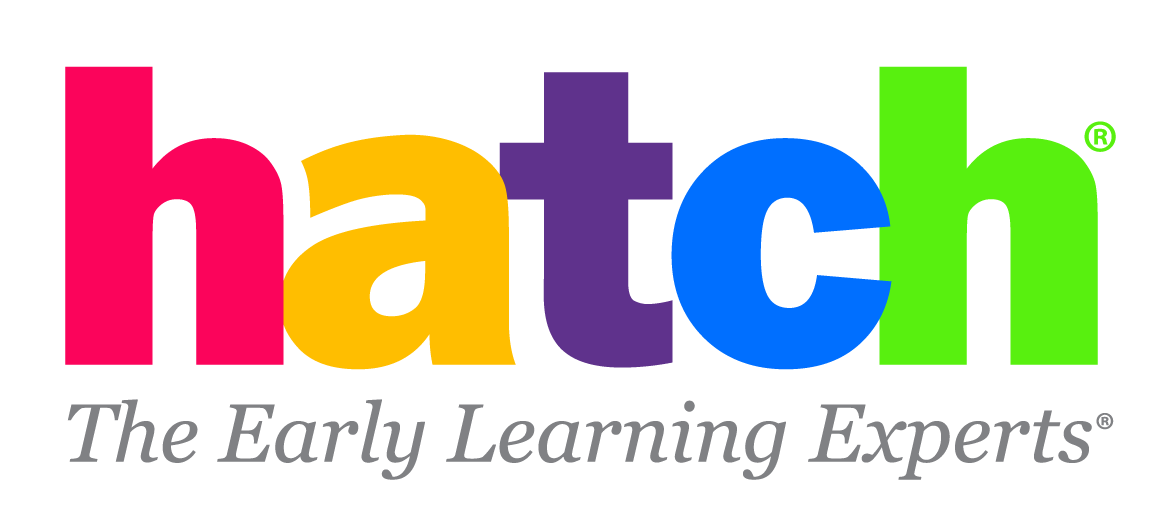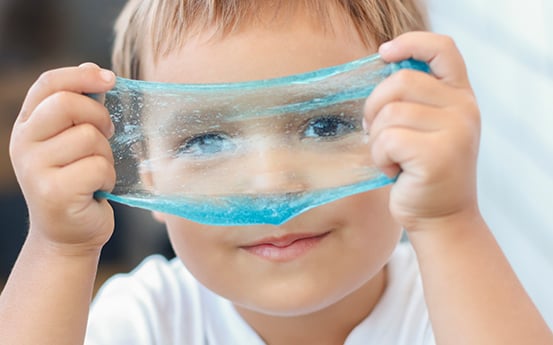What is a cloud? Why do boats float? How does a car work? Young children have an innate ability to ask questions like this every day, in fact, researchers estimate that preschoolers ask an amazing 76 information-seeking questions per hour?! Since curiosity is at the heart of all innovation, the earlier we help children harness and direct their interest in exploring the world around them, the more motivated they will be to uncover the answers!
In addition, research shows that young children are especially receptive to STEM education, and according to the Center for Childhood Creativity, “even before a child’s first birthday, she is capable of making inferences, drawing conclusions about cause and effect, and reasoning about the probability of events.” If developed and encouraged, these skills can act as the foundation for the growth of abstract reasoning essential to excelling in any STEM-related field.
STEM is made-up of four disciplines: Science, Technology, Engineering, and Math, all of which are important for several reasons:
- STEM education is backed by research (and therefore, it just makes sense!)
- STEM education helps children better understand the world, and how to relate to it
- STEM helps children live the concepts (through games and activities)
- Some STEM concepts are “real-life” problems, which makes it necessary to find the best solution to overcome the problems and that, in turn, inculcates creativity, innovativeness, and problem-solving skills (the must-have skills of the 21st century)!
- Then comes memory! The application of STEM learning caters to the importance of memory retention, in that when children themselves practice something or experience something, their chances of remembering that event is more probable than when they are told (and/or when they read) something. Research indicates that knowledge retention through traditional learning is 5%, whereas, through STEM learning (implemented in an age/developmentally appropriate manner) it goes up to 90%!
However, to provide the most effective STEM activities and instruction, this begins with the ACT OF PLAY!!
This week’s Family Connection experiences focus purely on easy-to-follow and implement STEM activities for each of the four disciplines and following you will find additional STEM-based learning experiences you and your child can enjoy together!
Happy Learning!!

